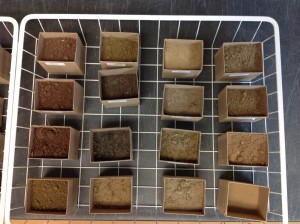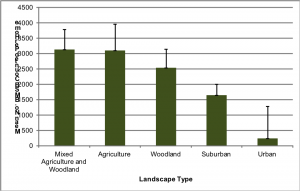We encourage farm families to participate together in this workshop to:Four out of five New Jersey farmers do not have written estate plans. Who will get your farm when it is time? A written will is not enough. This workshop will help you ensure that your wishes are honored when the time comes.
“Preparing for Later Life Farming” workshops will be held regionally in New Jersey:
February 9, 2015 @ RCE of Somerset County
February 10, 2015 @ the Rutgers EcoComplex
February 11, 2015 @ RAREC, Bridgeton
- Discuss the future of the farm with farm partners and family members
- Assess financial and strategic planning for family members and the business
- Review personal and business liability
- Develop an outline of a farm estate plan
Registration is available online or via phone at 609-989-6830.
$75.00 for the first farm/family participant and $25 each additional farm/family participant.
For details please click to view the flyer.




